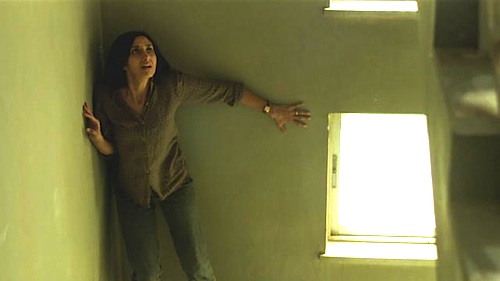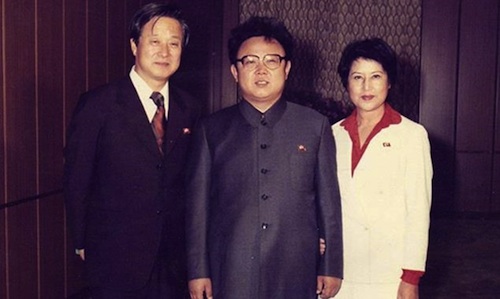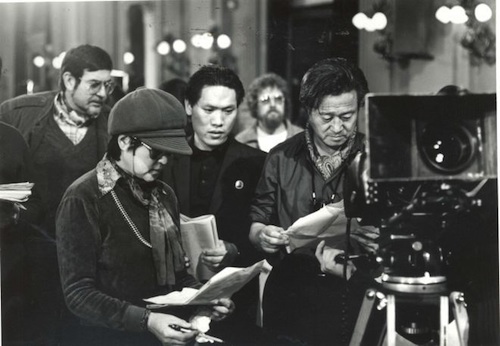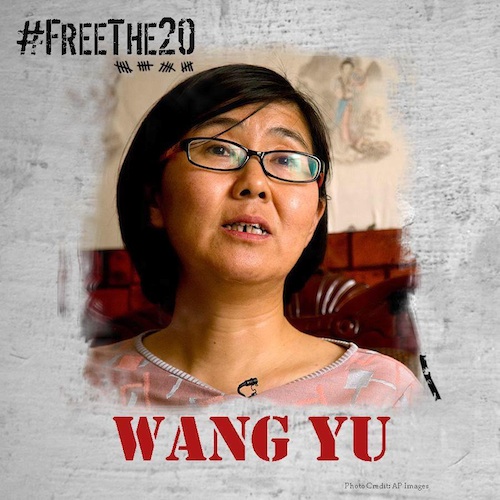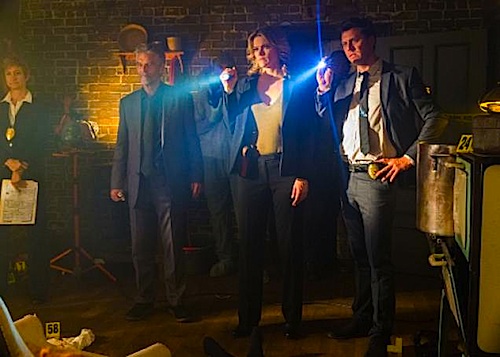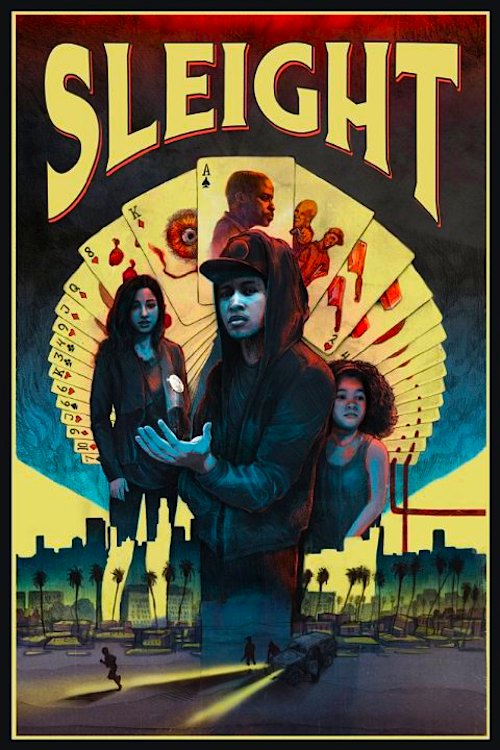 By Joe Bendel. Misdirection is the stock-and-trade of a street magician like Bo, but he has really just misdirected his life. He only intended to deal drugs for a limited time, but that was obviously wishful thinking. Fortunately, he has some skills to fall back on in JD Dillard’s Sleight, which screens during the 2016 Sundance Film Festival.
By Joe Bendel. Misdirection is the stock-and-trade of a street magician like Bo, but he has really just misdirected his life. He only intended to deal drugs for a limited time, but that was obviously wishful thinking. Fortunately, he has some skills to fall back on in JD Dillard’s Sleight, which screens during the 2016 Sundance Film Festival.
Bo had a scholarship lined up, but after his mother’s untimely death, he had to forgo college to take care of his young sister Tina. In addition to dealing Angelo’s coke to hipsters and yuppies, Bo earns decent tips performing magic on the main tourist strips. One day, he passes the hat and collects Holly’s phone number. She really seems into him, even when Bo is called away from his first date to help Angelo with his turf battle.
Apparently, an upstart supplier has moved into Angelo’s territory, so lessons must be taught. Much to his shock, Angelo has a game-changingly violent role for him to play. Of course, from the drug boss’s perspective, it represents an opportunity for advancement, but Bo recognizes a point of no return when he reaches one. However, his plan to extricate himself from the drug scene backfires quite dramatically.
Sleight is sort-of, kind-of a superhero film, but it devotes ninety percent of its time to Bo’s origin story. That is perfectly fine, but there are conspicuous credibility holes pockmarking the narrative. We know Bo is a skilled pickpocket who has flexible scruples when it comes to stealing, yet he finds himself bereft of fundraising ideas when Angelo calls in his debt. Seriously, he can’t think of anything?
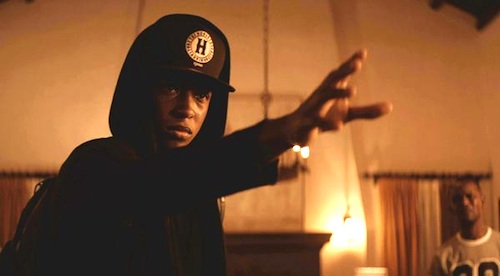
There might be plenty of grist for pedantry in Sleight, but the young, wildly charismatic cast still sells it through sheer talent. Both Jacob Latimore and Seychelle Gabriel are major breakout discoveries, who forge terrific chemistry together as Bo and Holly. Dulé Hill also demonstrates hitherto unseen ferocity as Angelo.
Sleight shows all kinds of promise in every which way, but Dillard and co-screenwriter Alex Theurer really ought to have gone through a few more drafts. Regardless, Bo and Holly’s mature-beyond-their-years romantic relationship really saves it. It is nice, but not quite the triumph some are suggesting. Recommended somewhat circumspectly for fans of magic and drug-related urban crime dramas, Sleight screens again today (1/28) in Park City, as part of this year’s Sundance Film Festival.
LFM GRADE: B
Posted on January 28th, 2016 at 6:00am.
